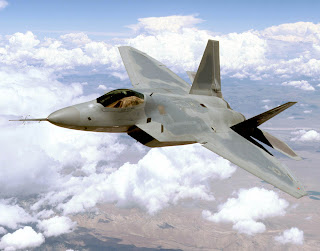Soldiers from the 101st Airborne Division of Fort Campbell Ky., simulate a sling load of a Howitzer with an CH-47 Chinook helicopter at Fort Benning, Ga. DoD photo by Spc. Russell J. Good (Released) 980726-A-0089G-00.
Images on the Army Web site are cleared for release and are considered in the public domain. Request credit be given as "Photo Courtesy of U.S. Army" and credit to individual photographer whenever possible.
This image is a work of a U.S. military or Department of Defense employee, taken or made as part of that person's official duties. As a work of the U.S. federal government, the image is in the public domain.
Generally speaking, works created by U.S. Government employees are not eligible for copyright protection in the United States. See Circular 1 "COPYRIGHT BASICS" PDF from the U.S. Copyright Office.
The CH-47F Chinook is the Army’s new heavy lift helicopter that will extend the service life of the current cargo helicopter fleet by an additional 20 years. The Army plans to procure 513 CH-47 Chinooks through 2022, of which 452 will be CH-47Fs and 61 will be MH-47Gs. The platform is an upgraded CH-47D and has a gross weight of 50,000 pounds.
The platform has demonstrated a capability to self deploy in excess of 1,056 nautical miles, carry a 16,000 pound load for a 50 nautical mile combat radius. The CH-47F configuration includes a redesigned fuselage consisting of a new monolithic airframe with enhanced corrosion protection and airframe tuning.
The airframe incorporates enhanced air transportability features allowing for faster break down and reassembly during air transport. The Chinook incorporates the Common Aviation Architecture System Cockpit, the Common Missile Warning System, advanced avionics, integrated Blue Force Tracker (BFT), and a Digital Advanced Flight Control System.






























